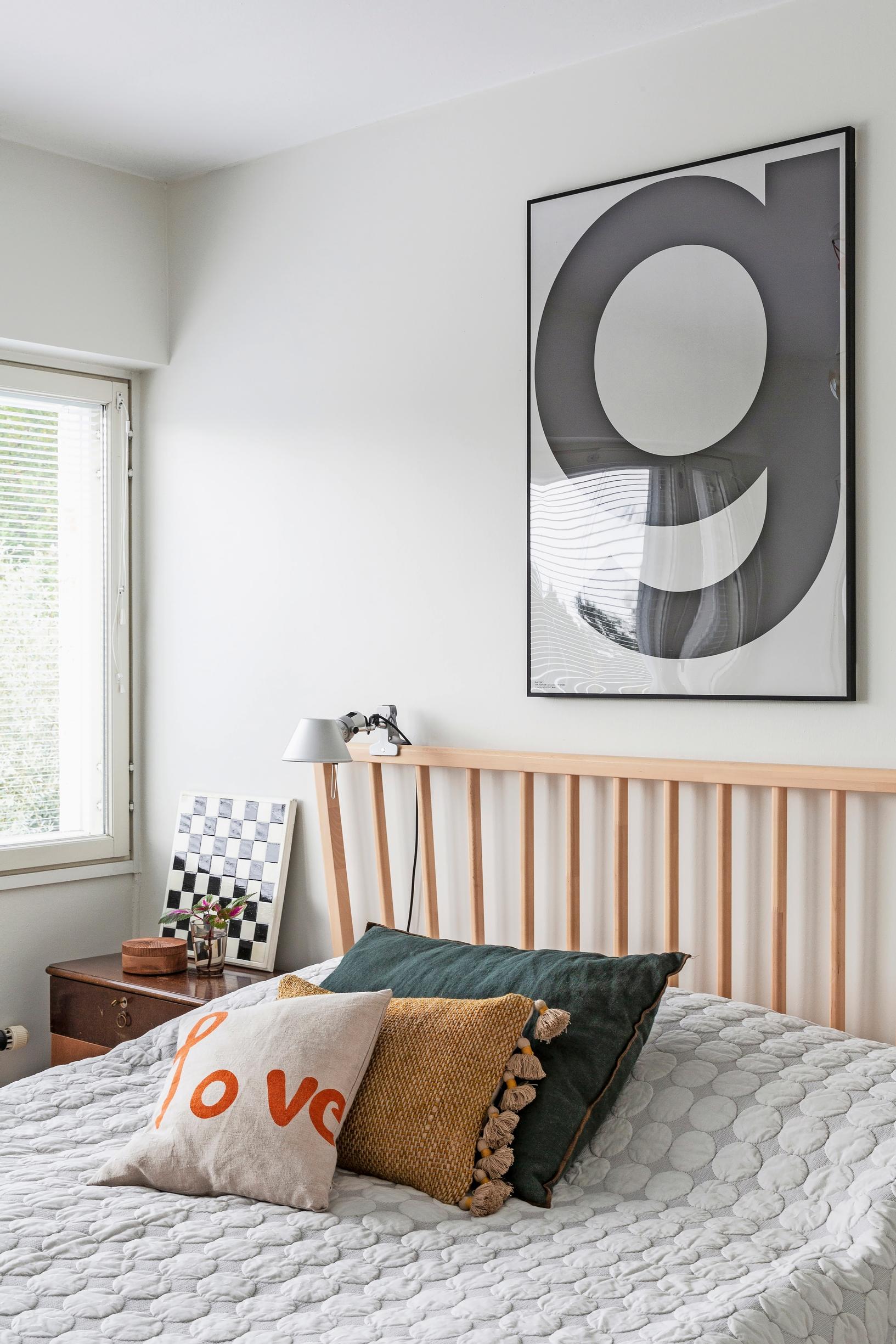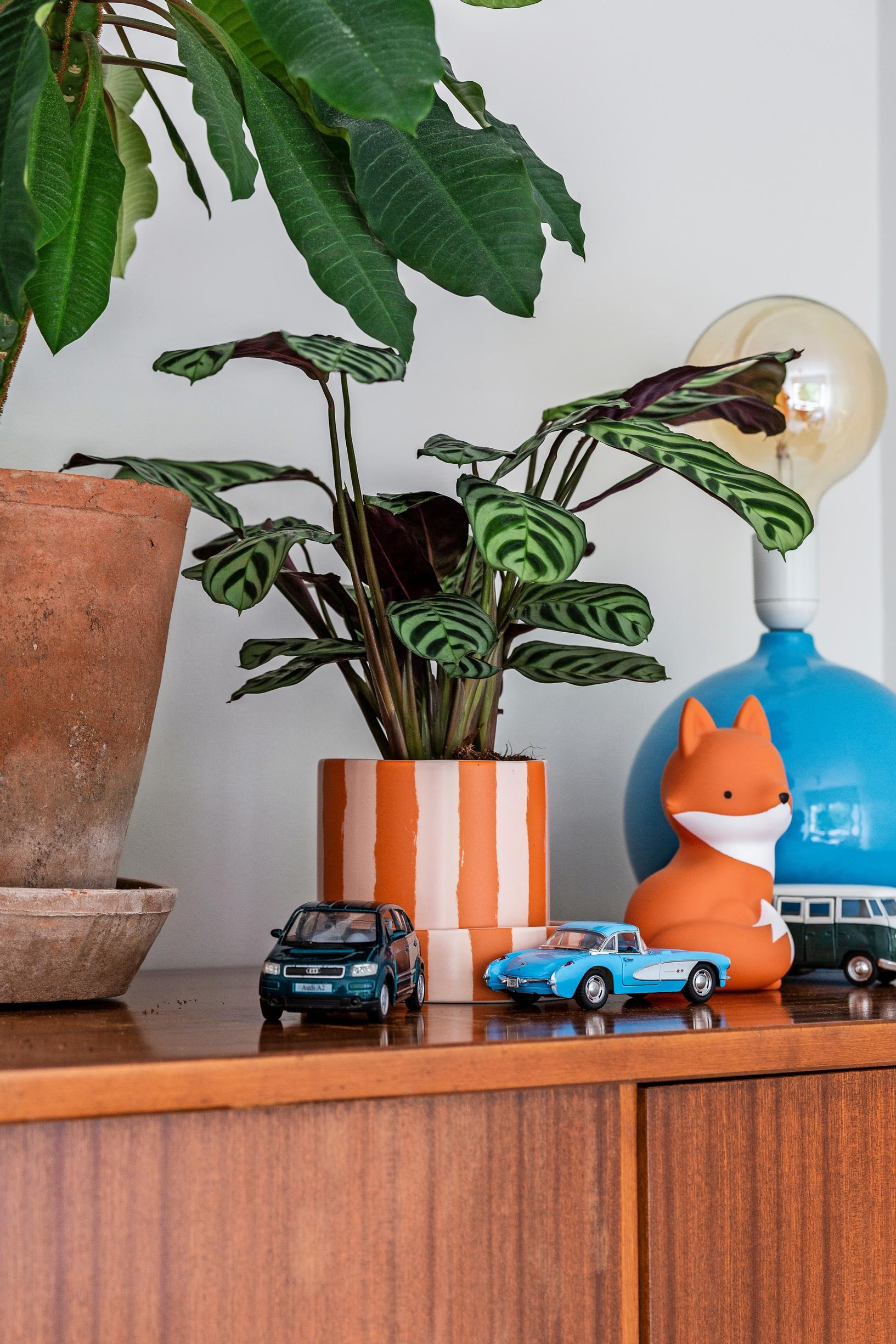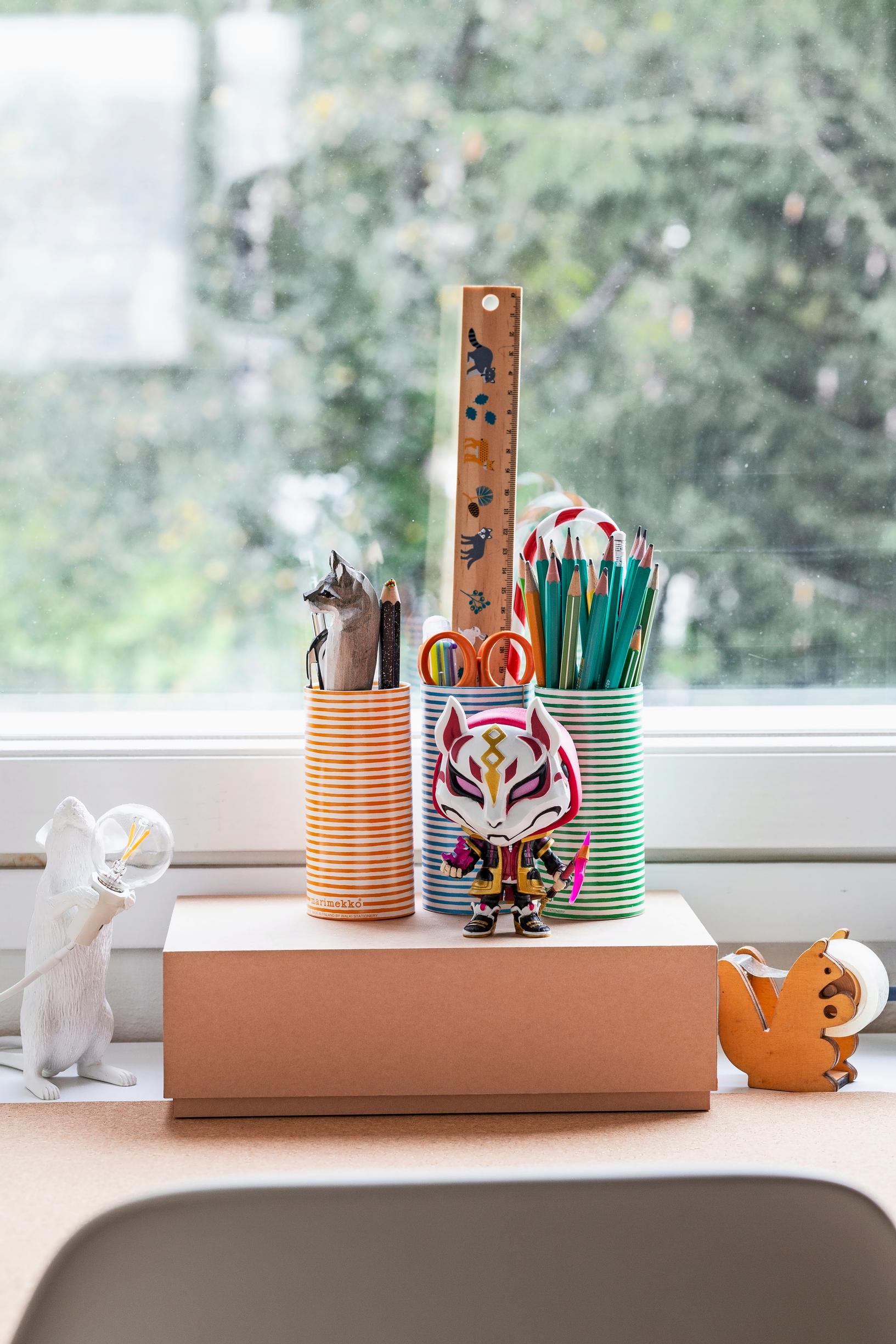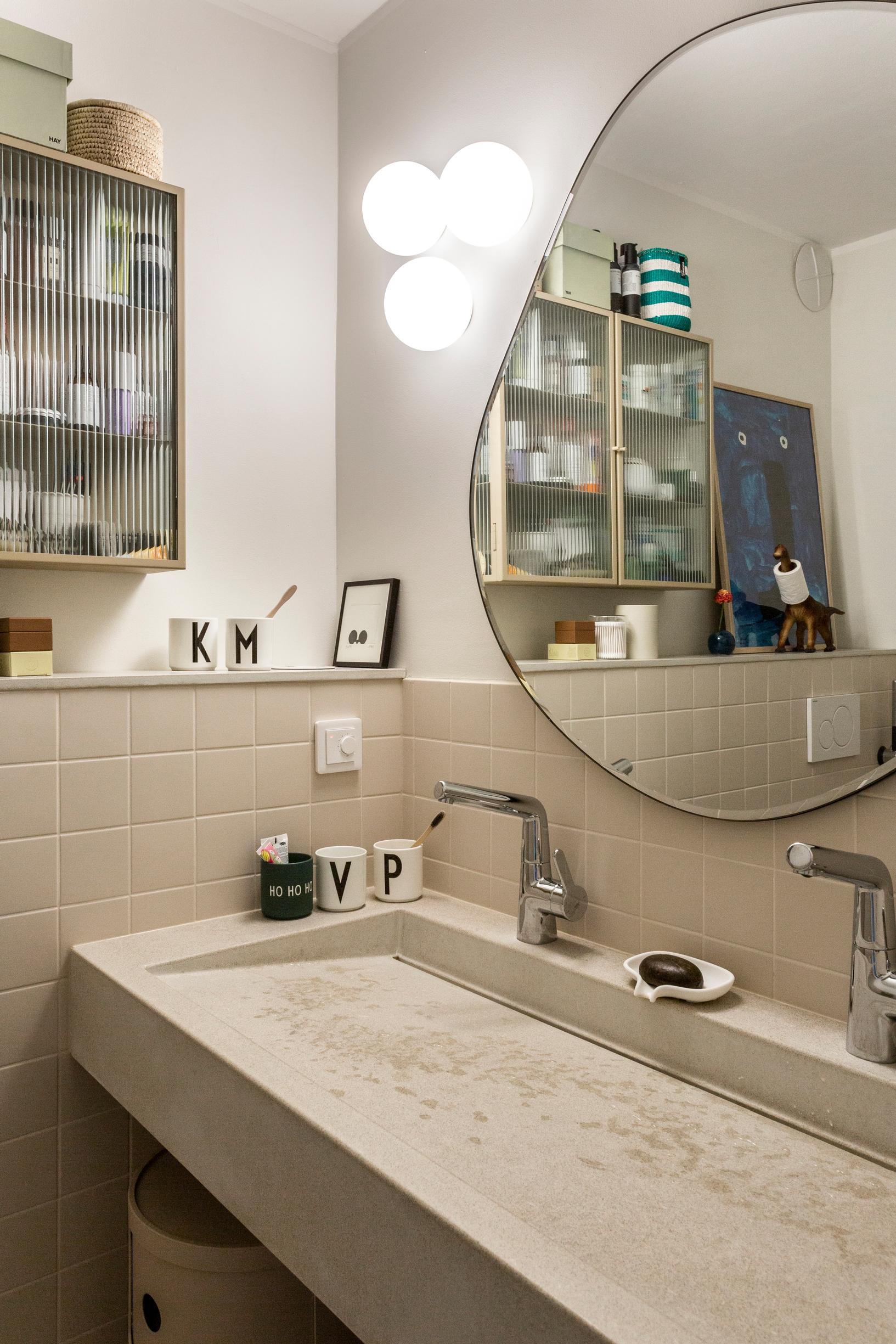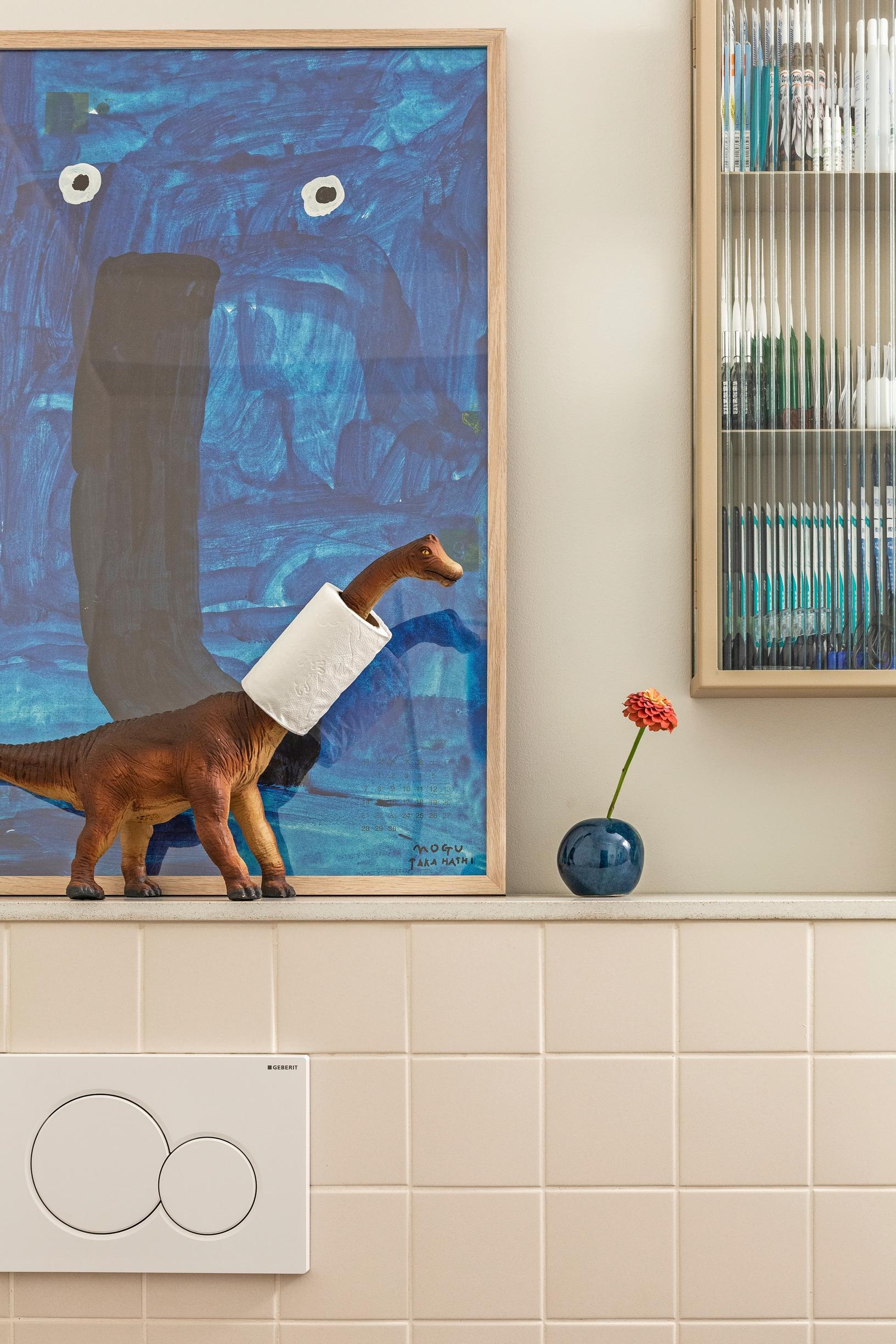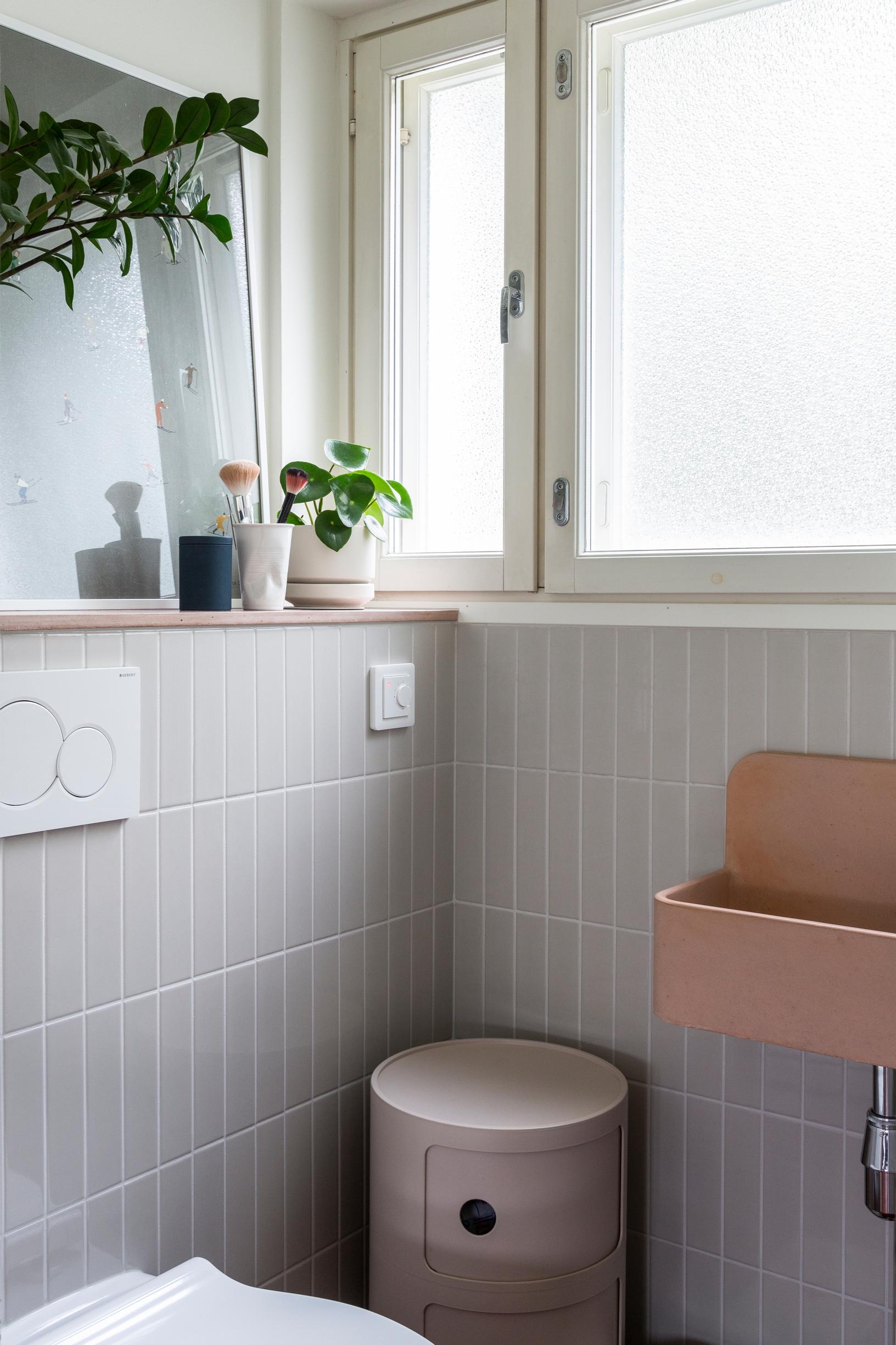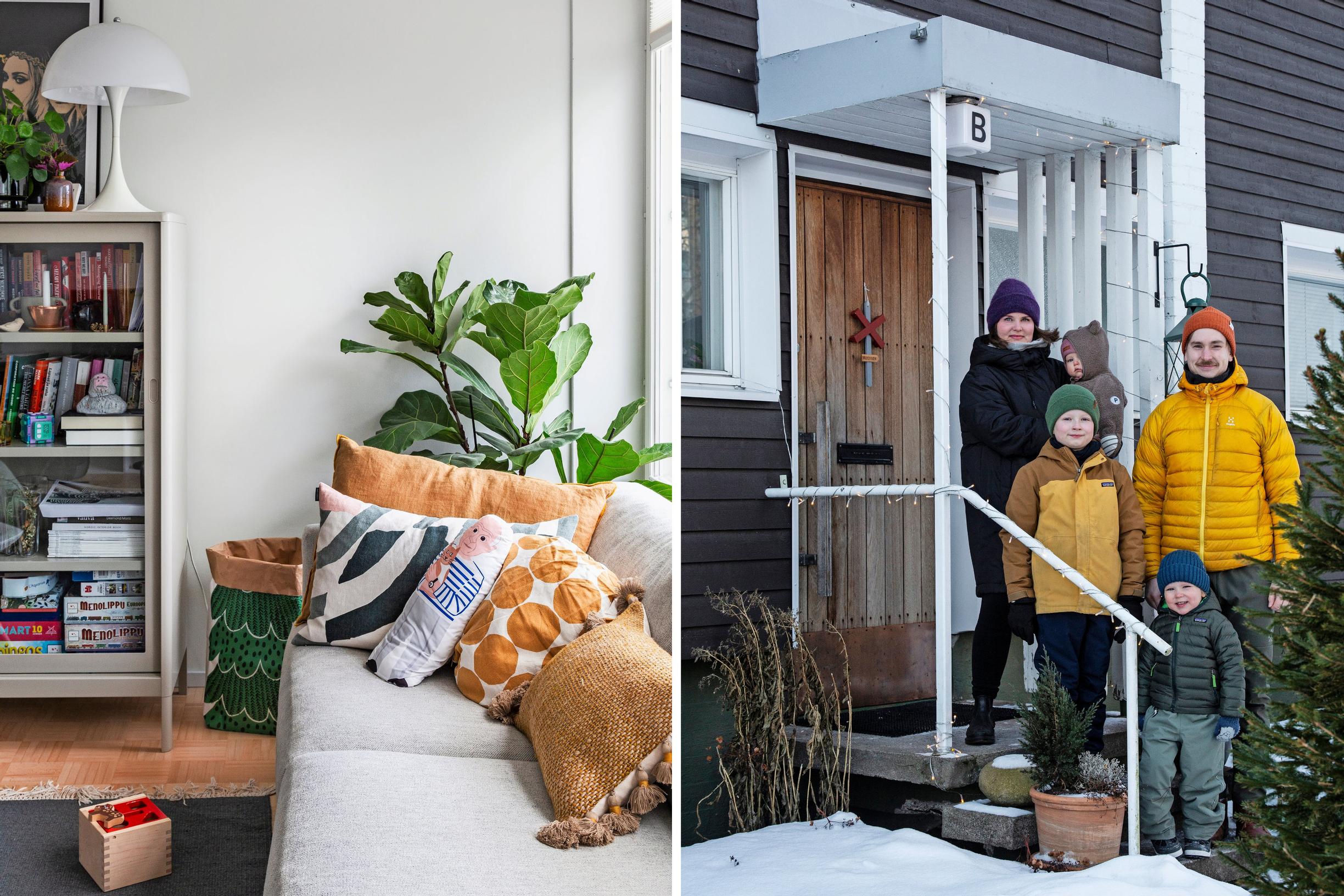
Move to 1960s row house in Helsinki made family life easier: “Living in this house, we’re in the center of everything”
Kira and Vili’s family moved from Lahti, Finland, to a 1960s row house home in Helsinki, where everything is just a metro ride away. Most of their furniture and items were bought secondhand.
Home: A row house apartment built in 1964 in Puotinharju, Helsinki, with 4 rooms and a kitchen, 125 m².
Who lives here: Kira Björkqvist, 39, who works as a head of accounting, Vili Reponen, 31, who works in HR, and children Klaus, 9, Viggo, 2, and Tove 9 months.
How did your family end up moving from Lahti to Puotinharju in Helsinki?
Kira: I had moved from Helsinki to Lahti with my young son Klaus after my divorce, stepping outside my Finland-Swedish bubble. I wanted to experience something new, so I chose a city where I knew no one. I figured a one-hour commute would be a reasonable distance between home, daycare, and work. Klaus continued in a daycare near his other home and my job in Helsinki. Me and then four-year-old Klaus would eat our breakfast of overnight oats early in the morning on the train, cuddle on both morning and evening trains, draw, and play board games.
Vili: Kira and I met through mutual acquaintances. Work had brought me from Savonlinna to Lahti. When Klaus was starting school in Kulosaari, Helsinki, we felt moving to the capital region was the right decision for us. That led us to this 1960s row house, with easy public transport access and our own yard.

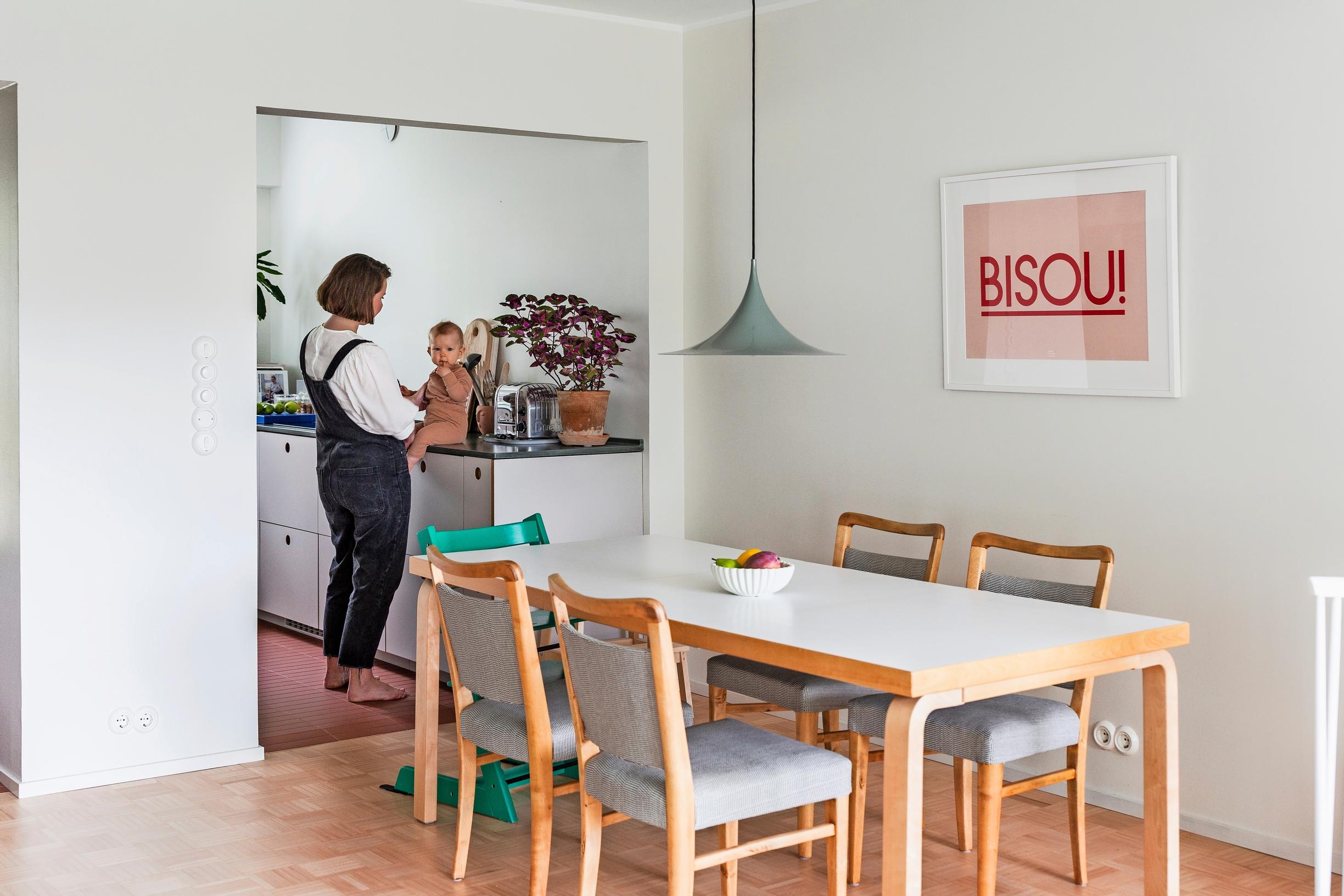

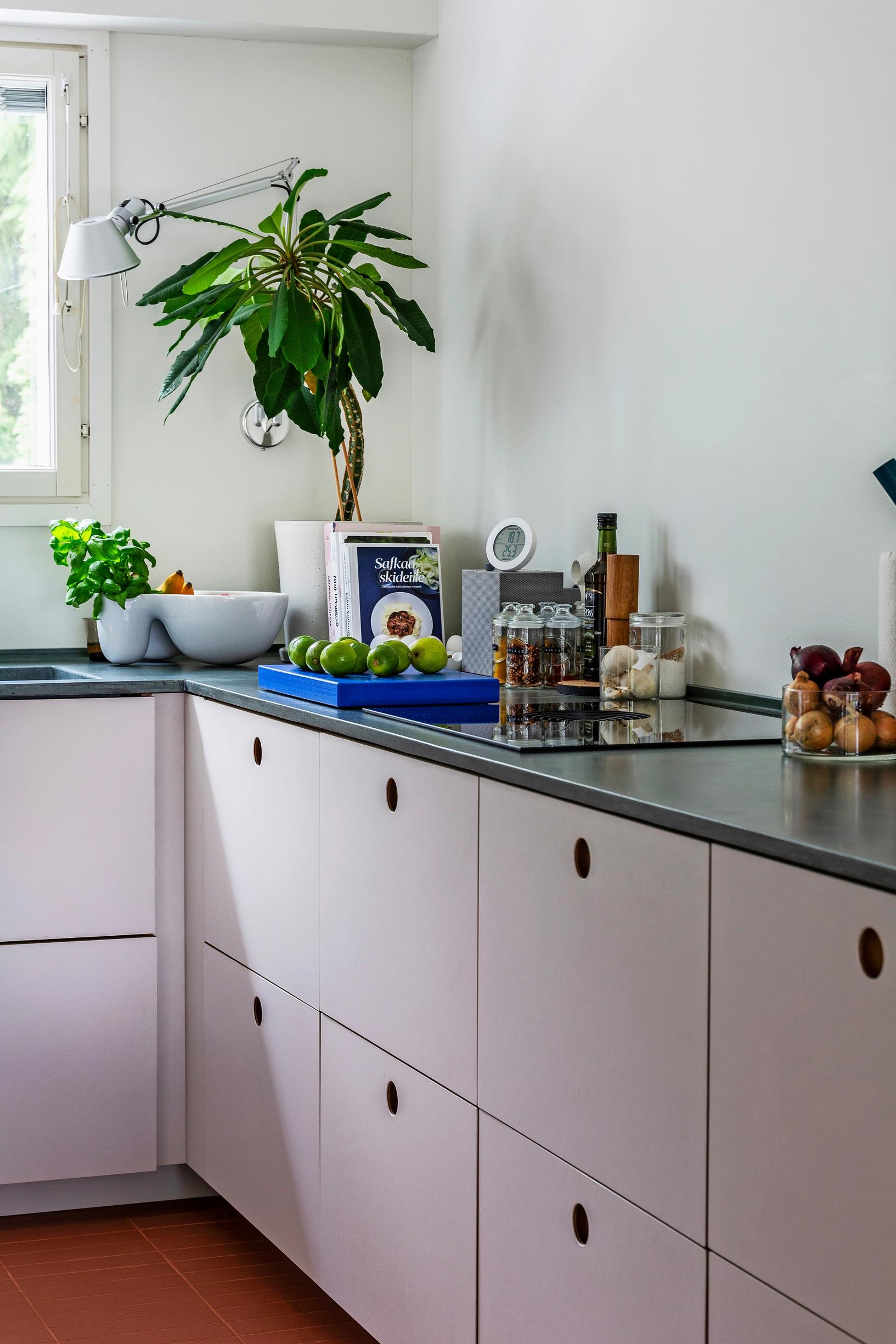

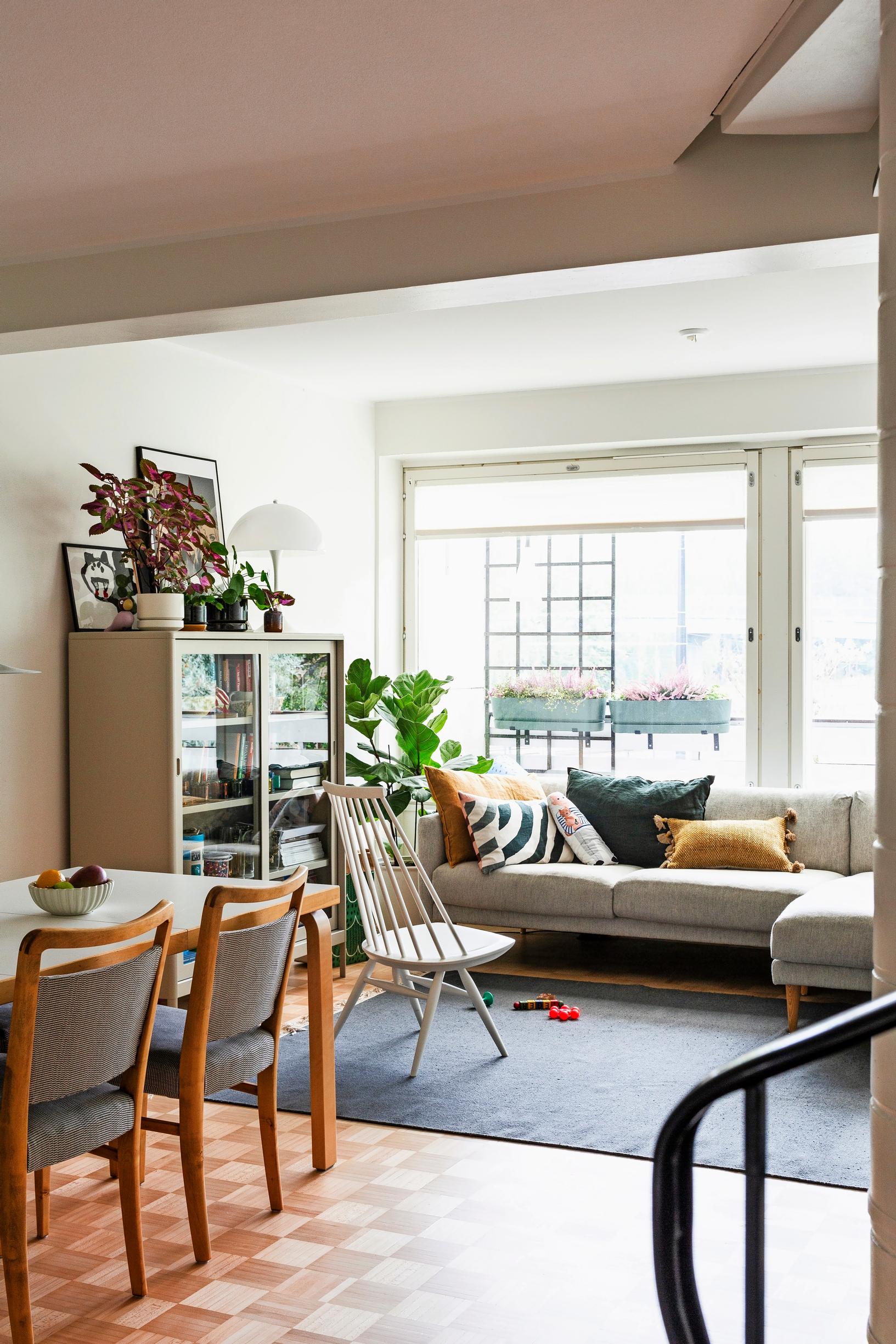
What was the renovation like?
Kira: We renewed the surfaces before moving in. Then we found out we were expecting a baby right around the start of the pandemic. A two-phase renovation, a baby, then a toddler, as well as distance learning with a young schoolchild and remote work all at once was quite the experience. But the renovation gave us a functional home that reflects who we are. We’re very happy with our current family life and our home.
Vili: A big renovation sounded daunting, but it clarified the space and gave us sufficient storage. When we bought the place, the kitchen was a wild relic of the 60s. The spacious drawers have been an excellent solution, and the whole kitchen works well.

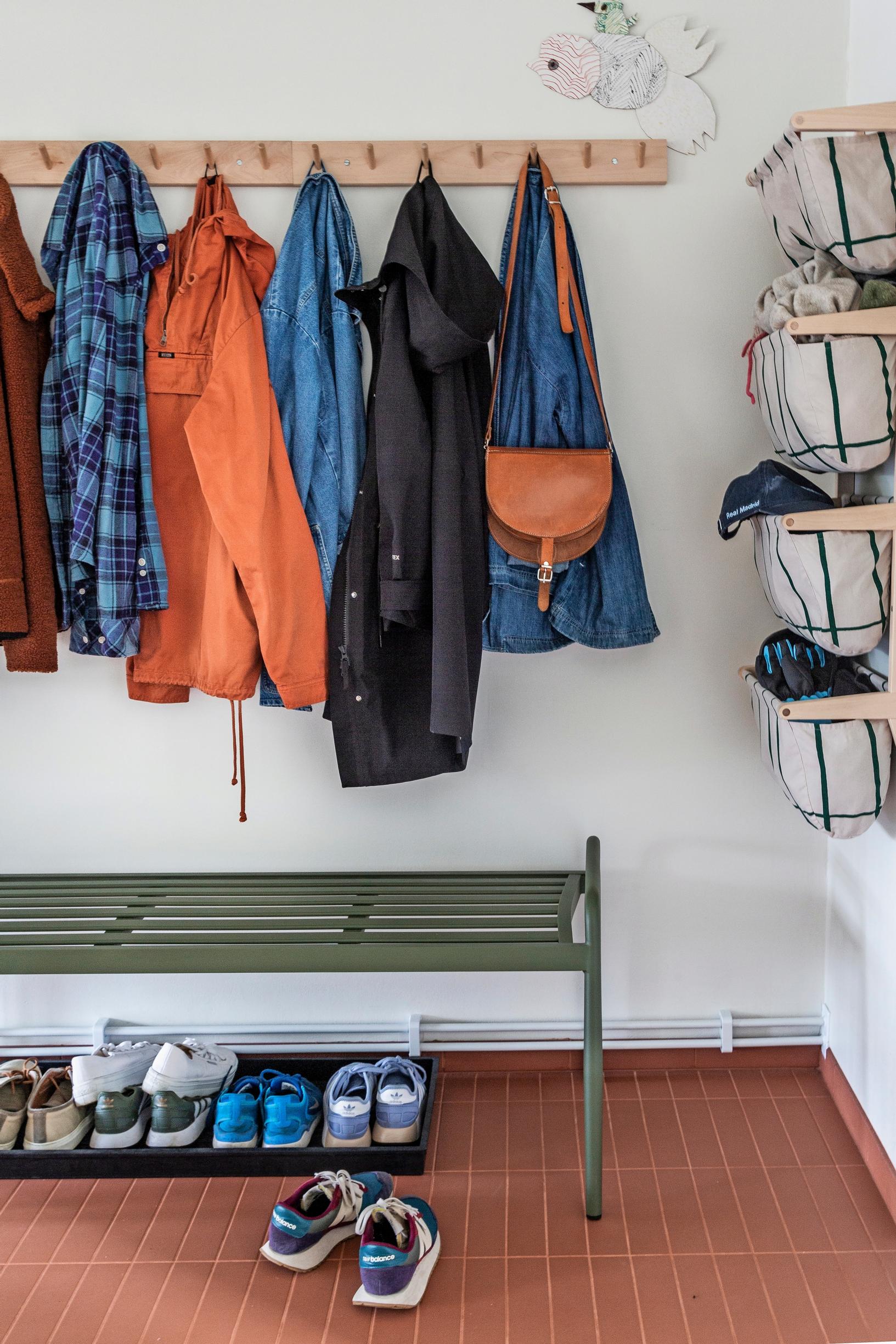

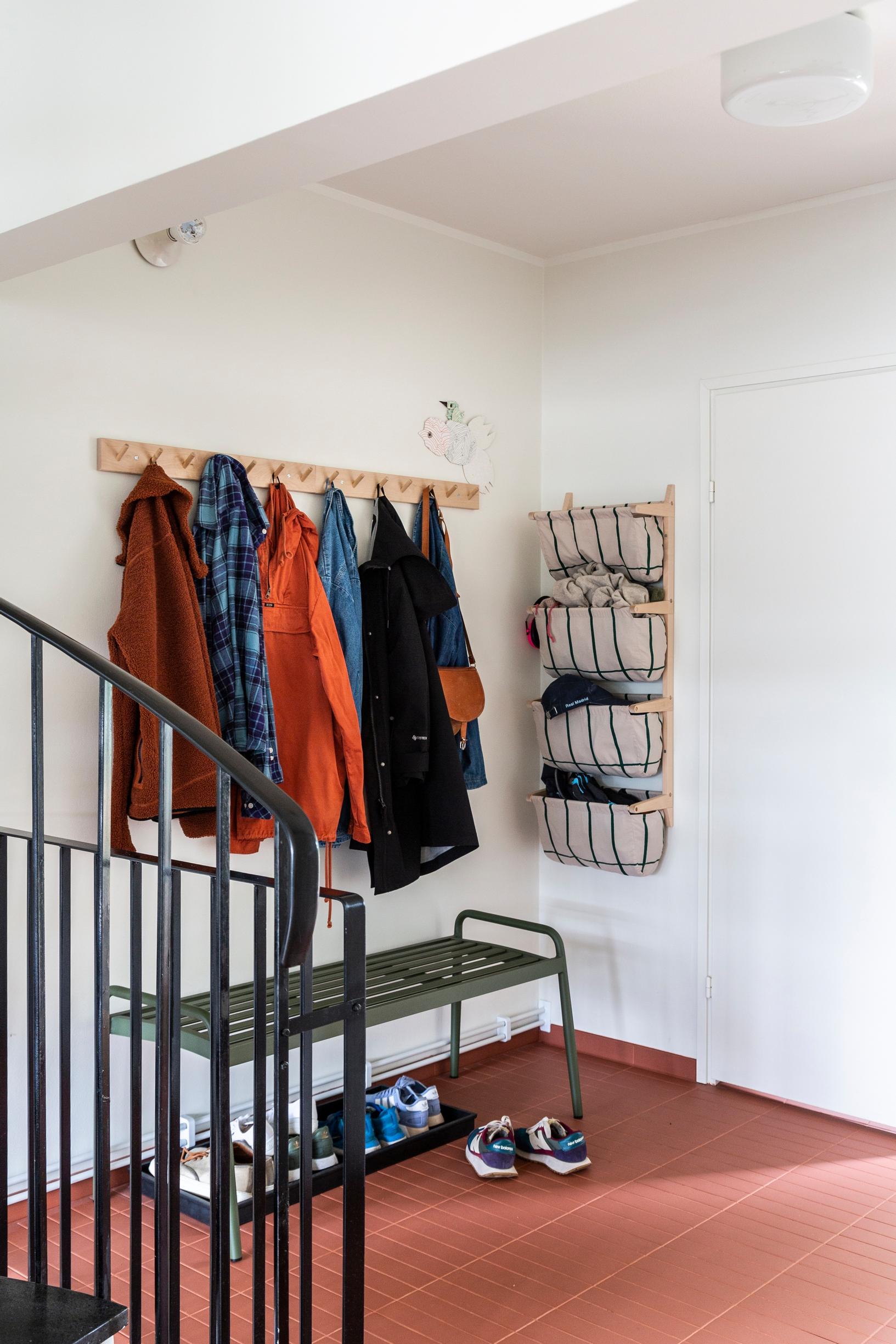

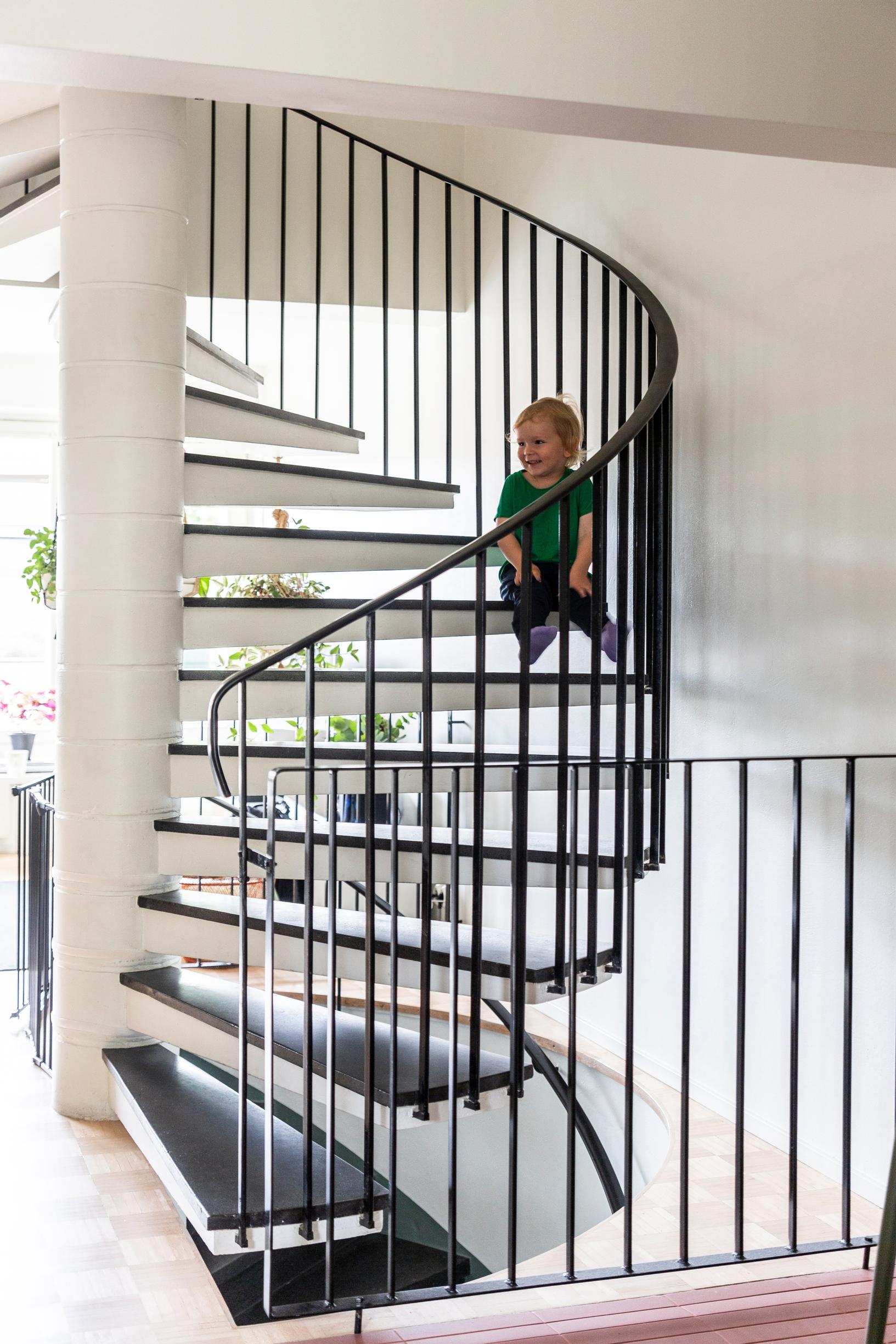

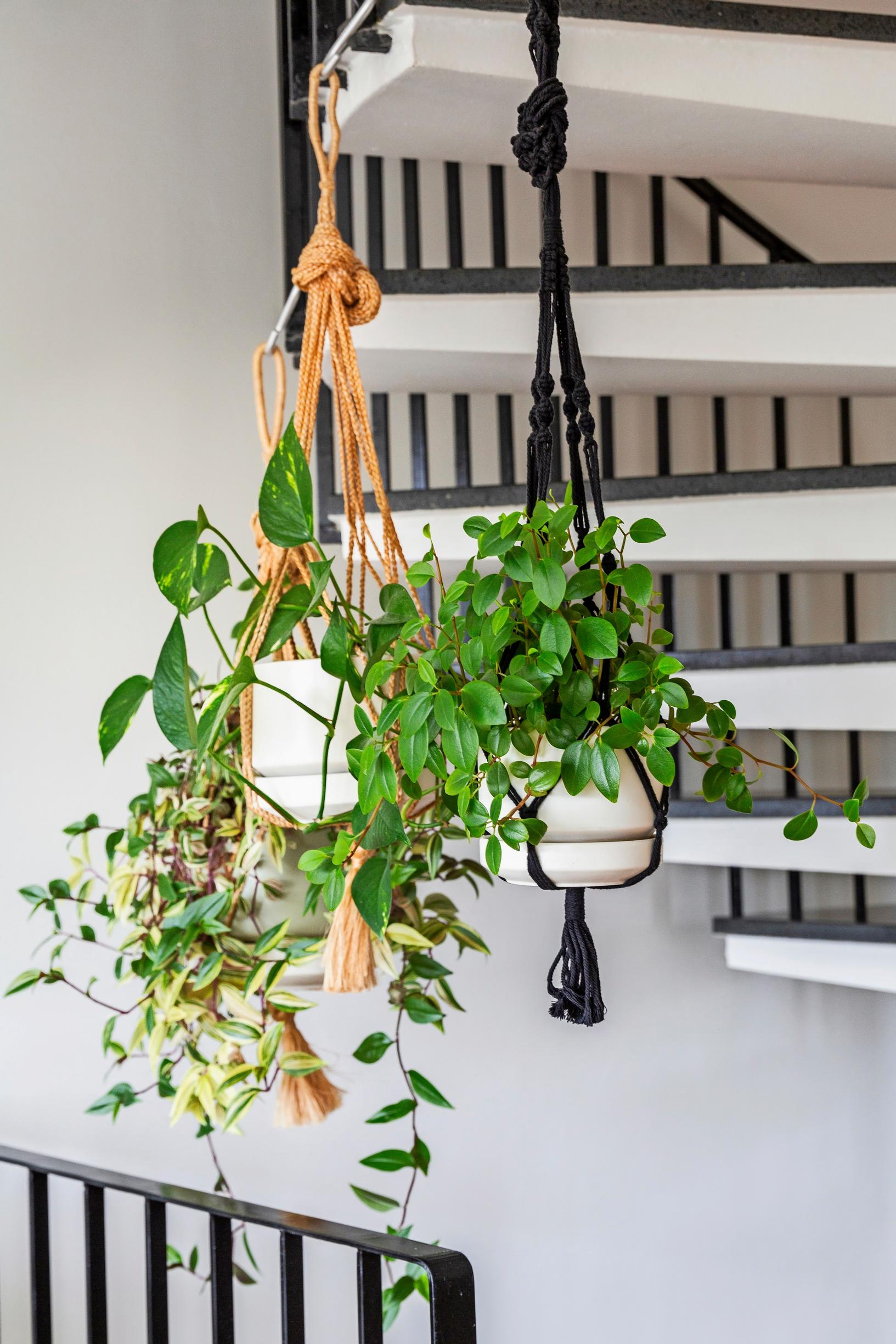
What do you have in common when it comes to everyday values and your approach to belongings?
Kira: One of our core family values—and probably our biggest hobby—is the circular economy. We buy everything secondhand. We’re also happy to rent or borrow, and if we buy new, it’s always on sale or clearance. I’m very strict about this. My children appreciate the fact that someone else used their clothes and items before them. It’s something I’m very proud of. We treat our belongings with respect.
Vili: This might be something that has come from our professional lives for both of us, since we come from commercial backgrounds. The world is brimming with new items, and we prefer not to add to it. We don’t need to own everything ourselves.

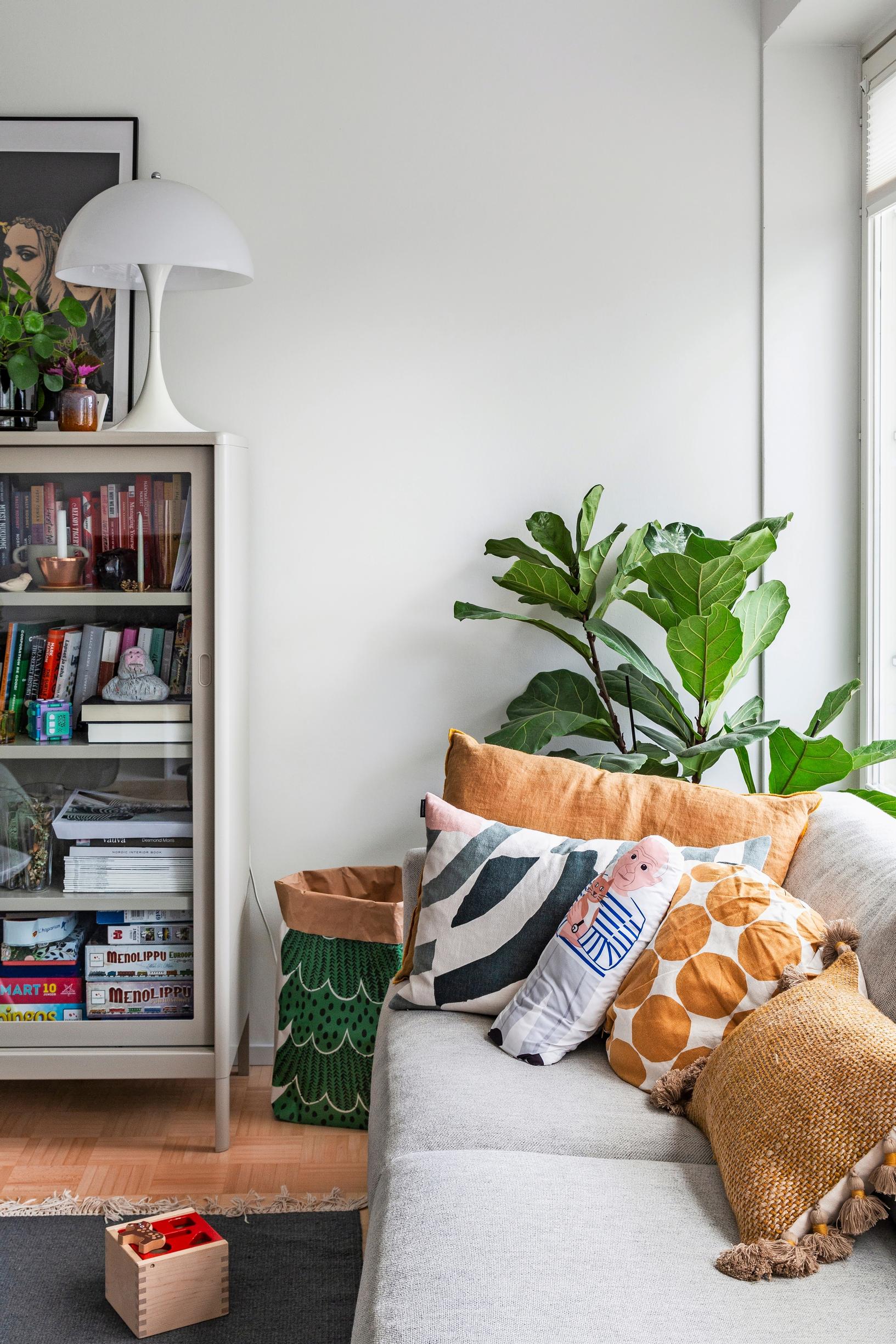

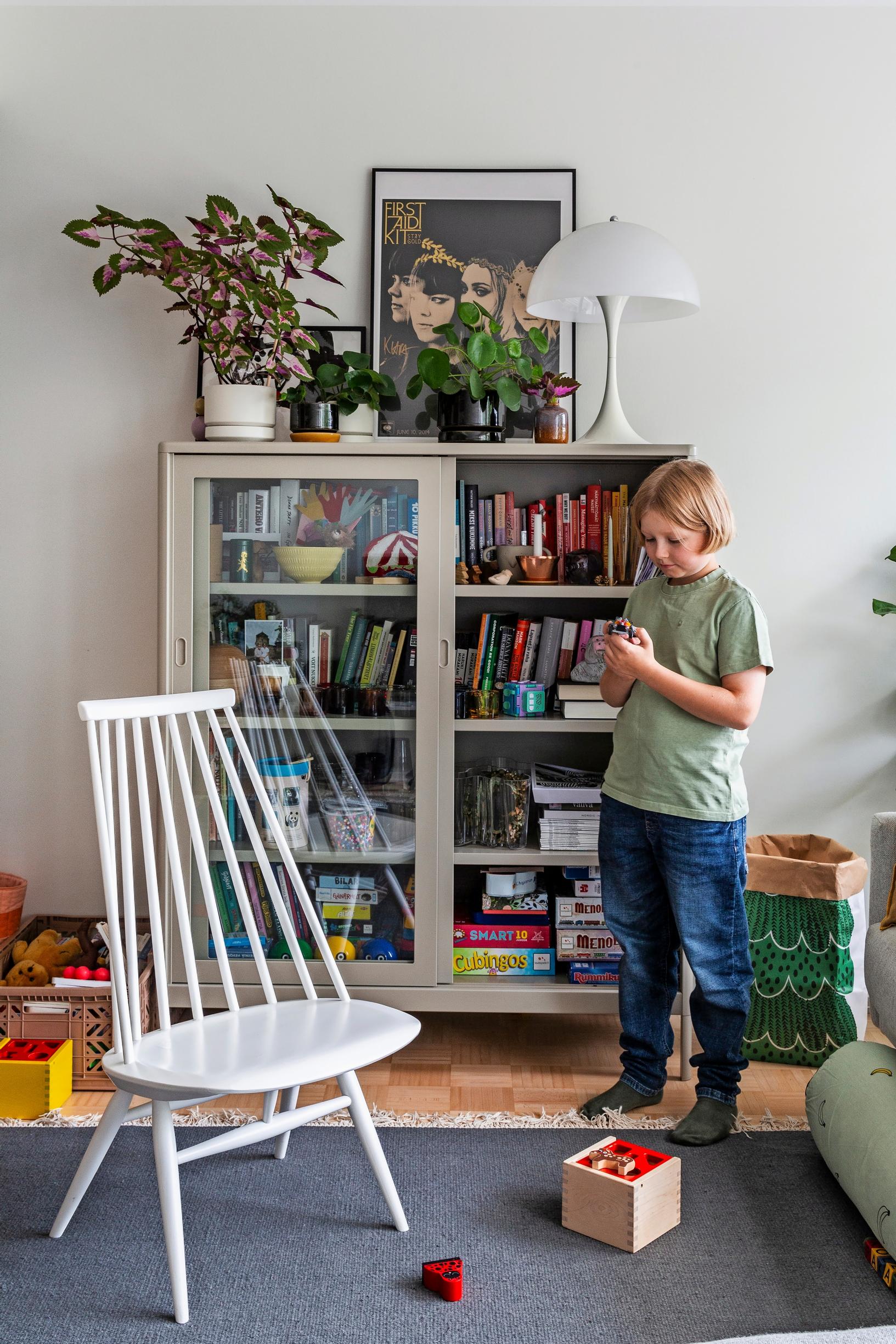

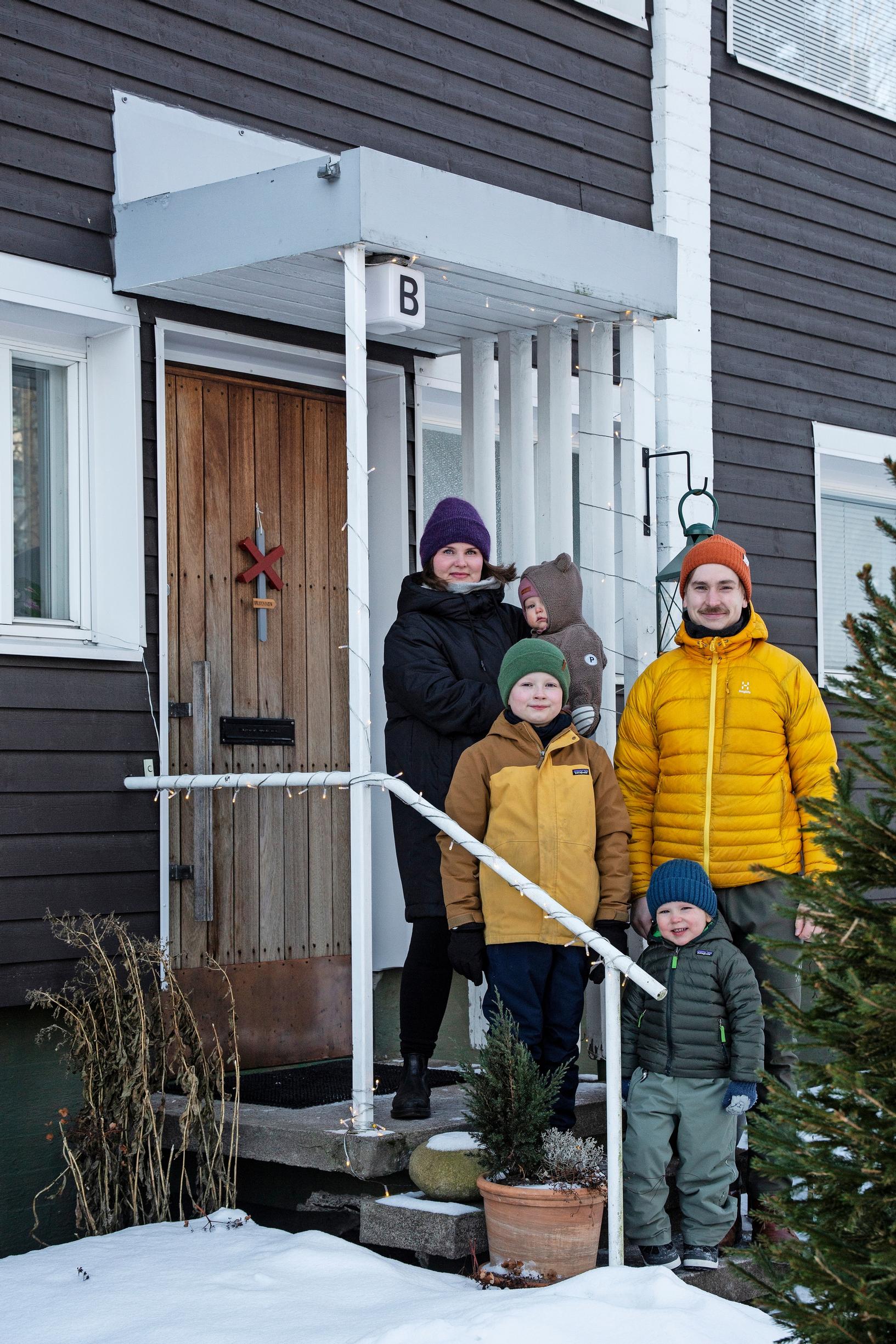
What do you find appealing about this house and neighborhood?
Vili: Many families here have lived in this same building for as long as 40 years, raising their children. Having our own yard is wonderful.
Kira: From the start, something about this apartment and its 60s character appealed to us. We both fell in love with the staircase in the living room. Living here, we’re in the center of everything, and it’s easy to go anywhere. We love public transport. I currently work in Espoo, and I can get there straight by metro.
Klaus: The living room is really nice. We spend a lot of time together as a whole family. My commute to school is short, and I can take the metro by myself.
“Living here, we’re in the center of everything, and it’s easy to go anywhere.”Kira
Viggo: I like playing soccer in our yard with Klaus.
Kira: A few years ago, when my brother’s family was looking for a larger home, I asked our neighbors to let me know if they were planning to sell. In fall 2022, my brother’s family moved into the same building with us. Now the children’s four-year-old cousin lives next door. The kids play together outside all the time, and we help take care of each other’s children.

